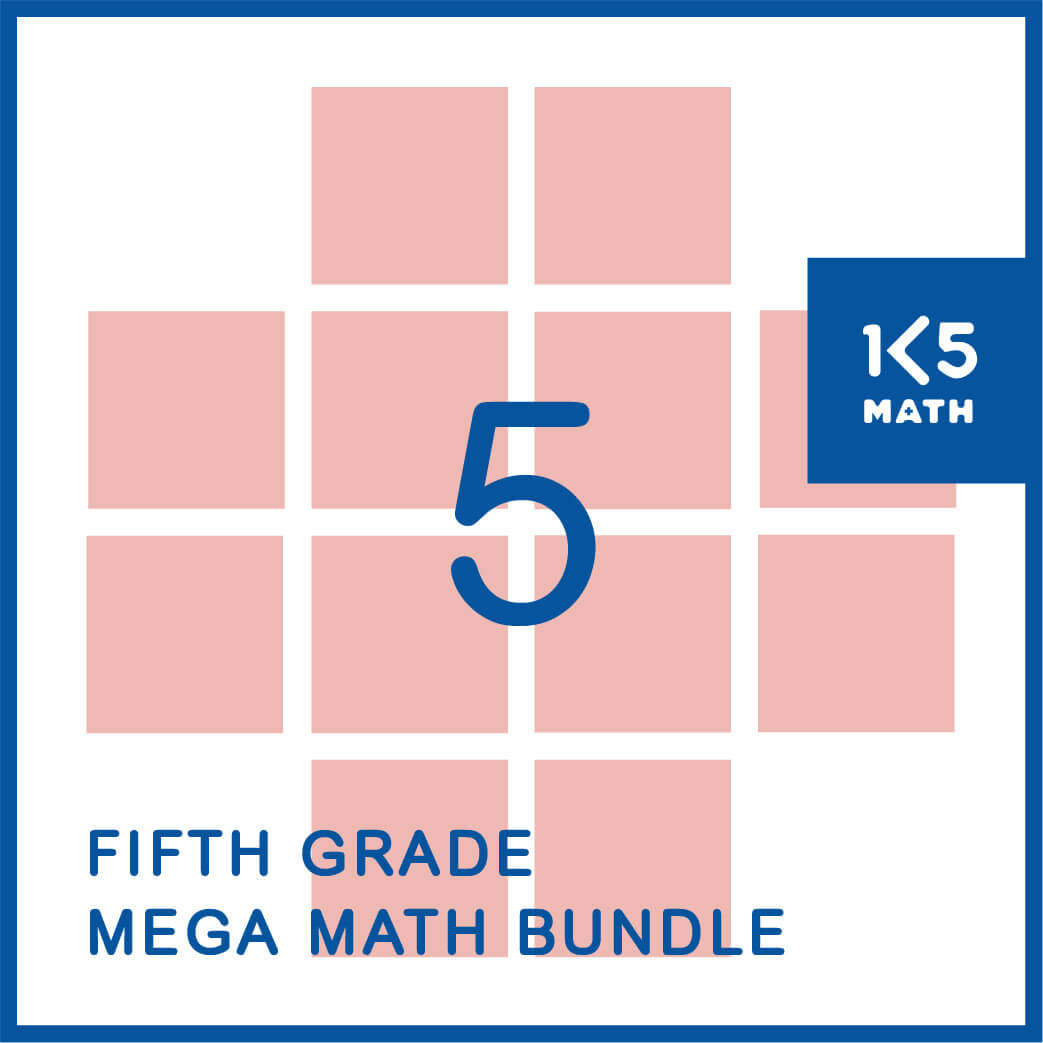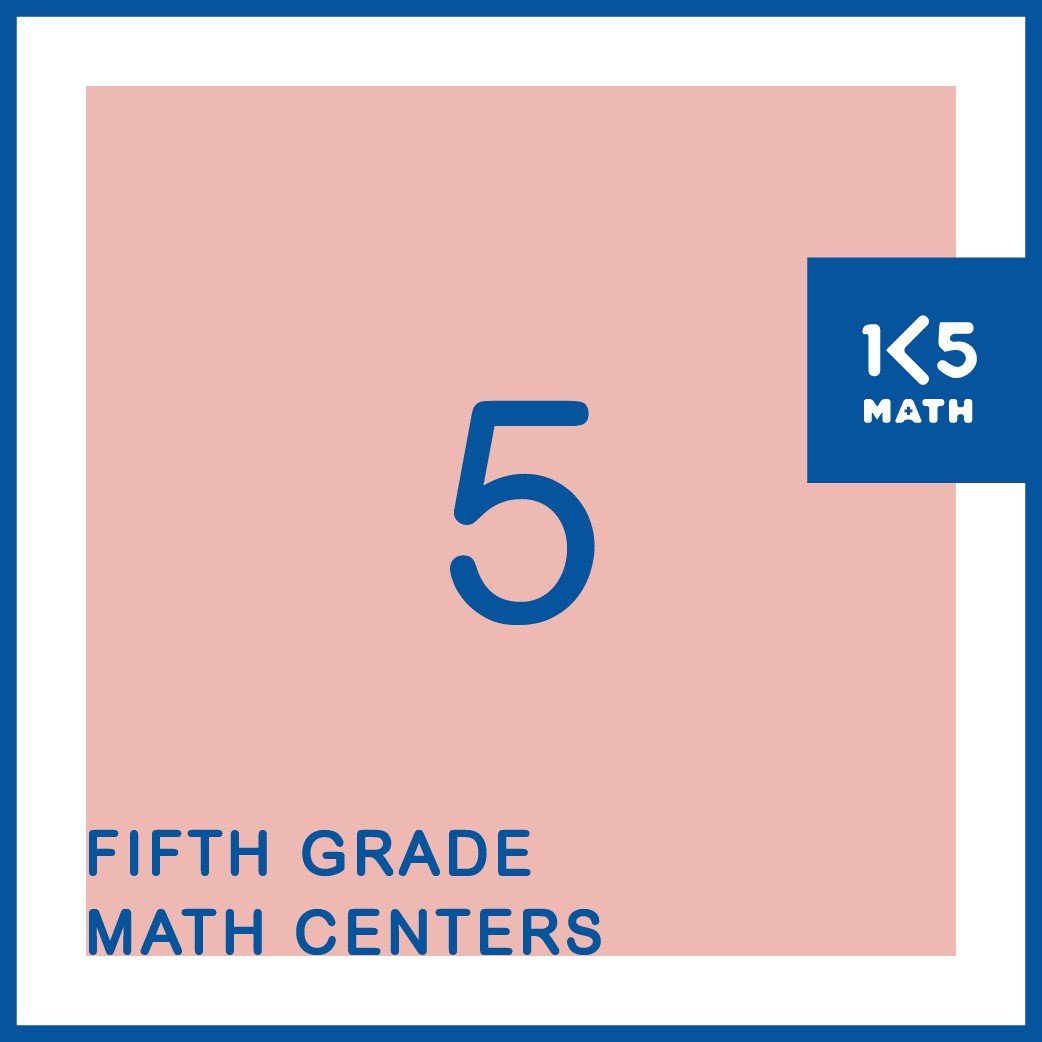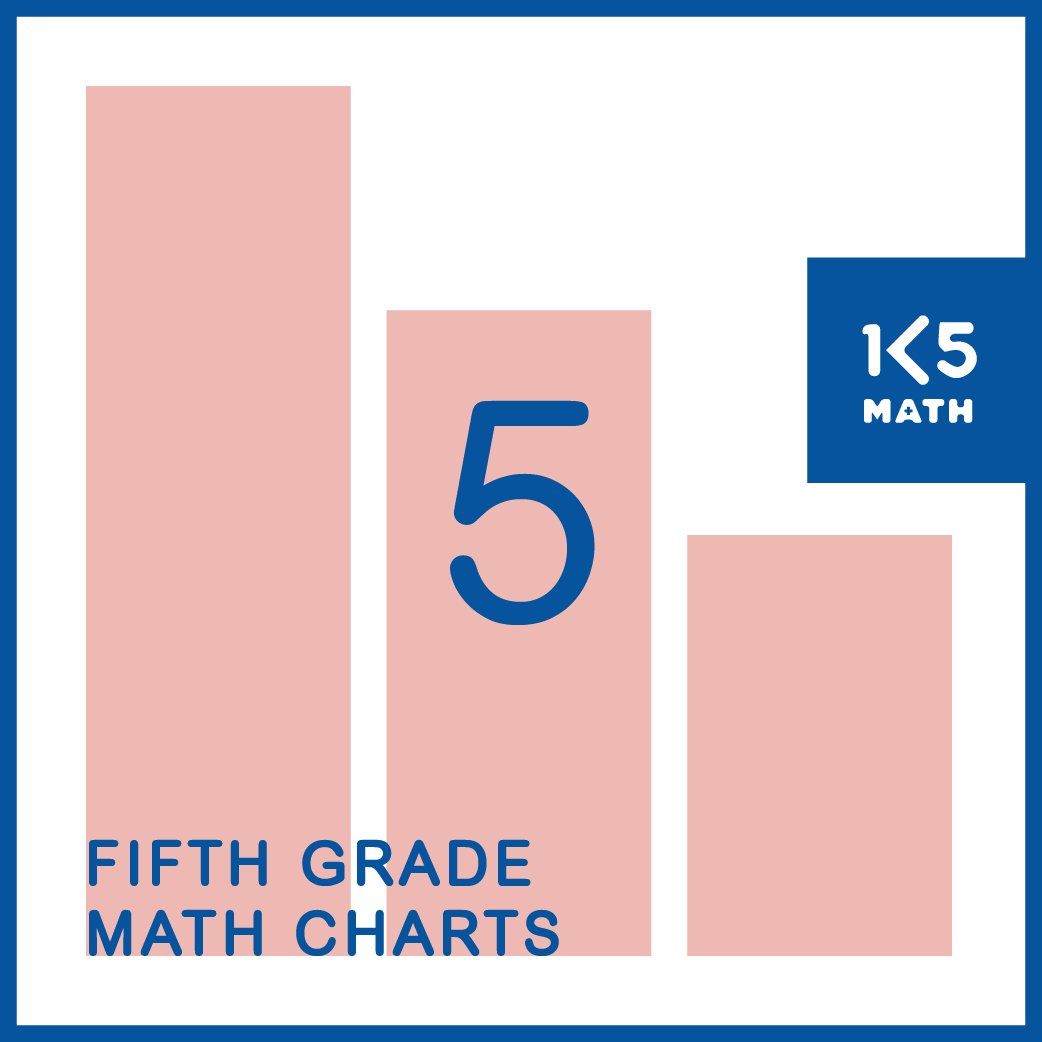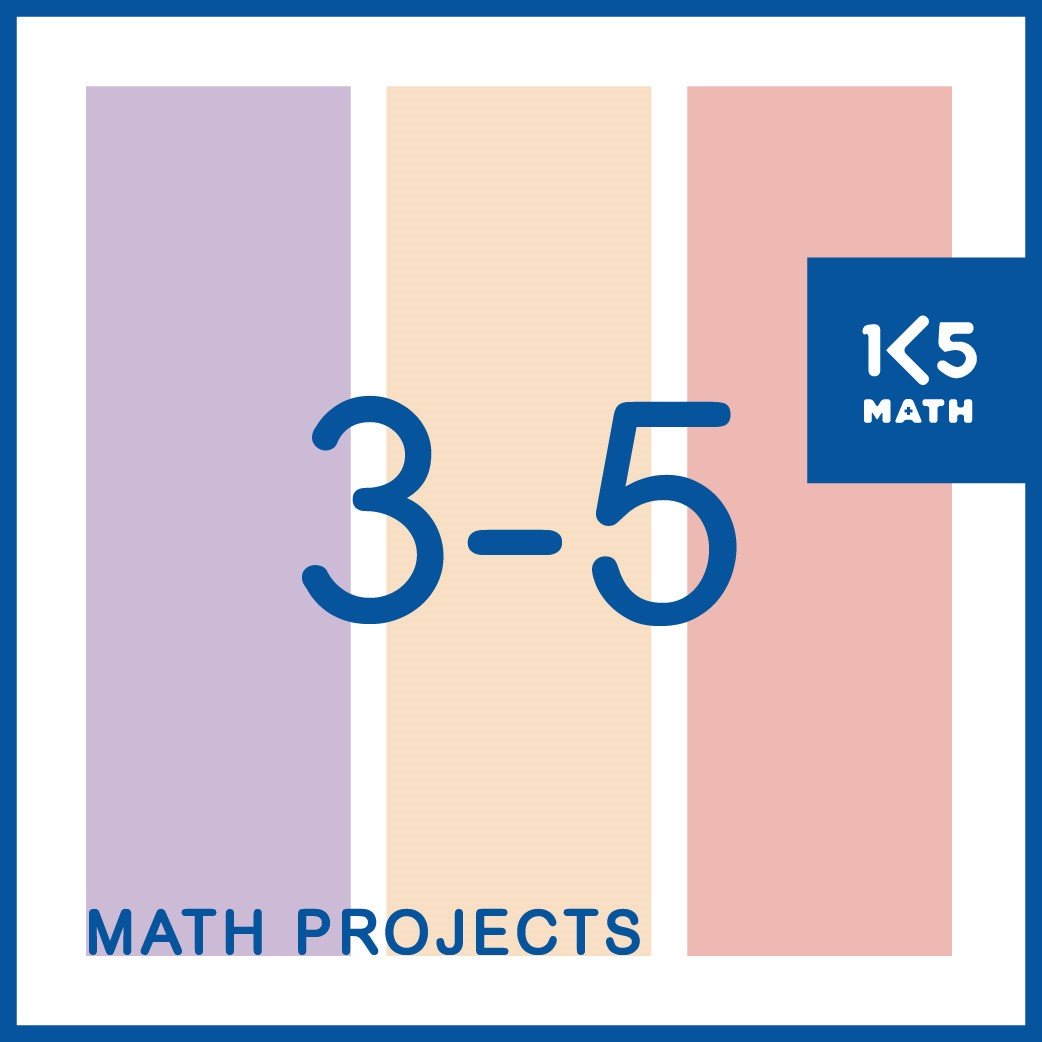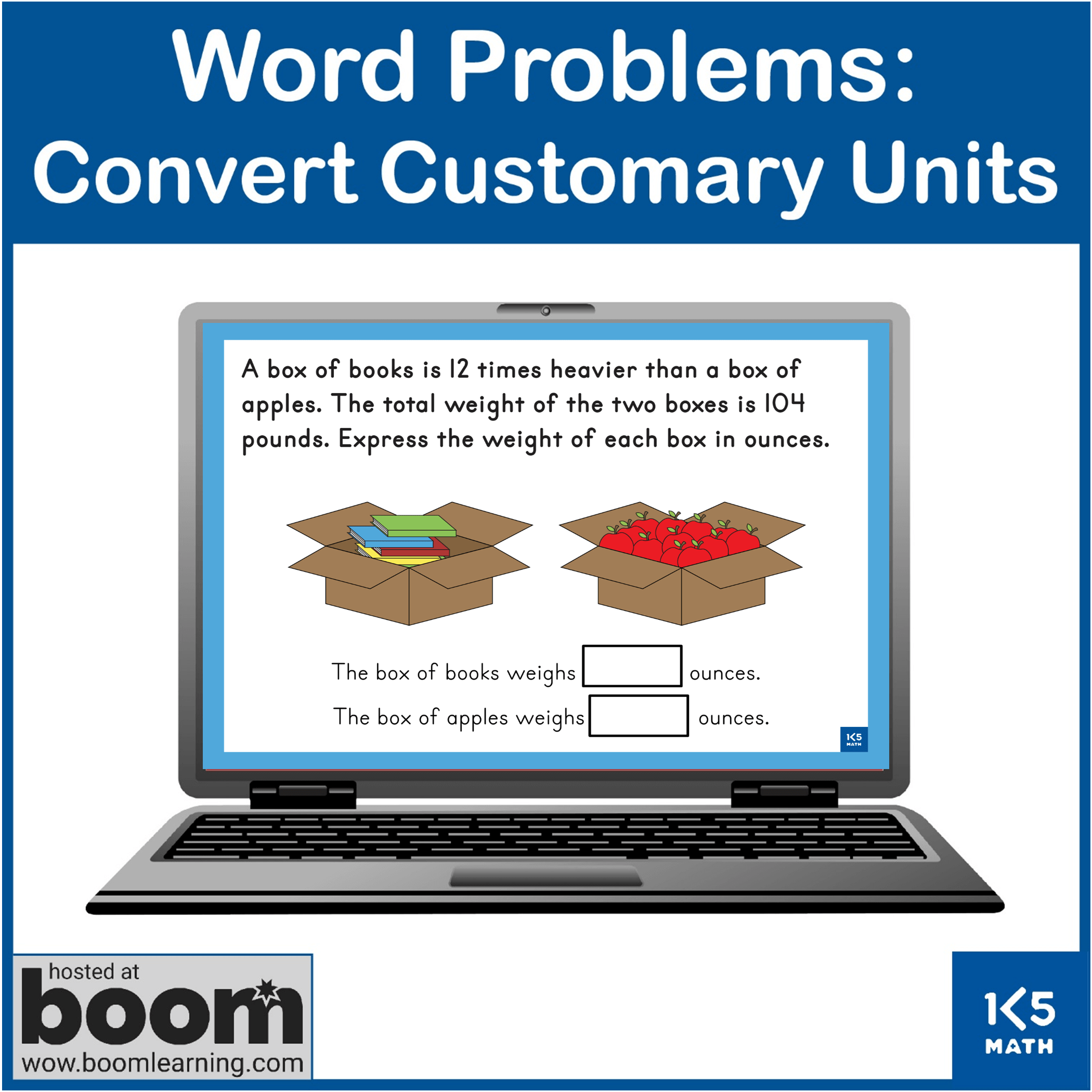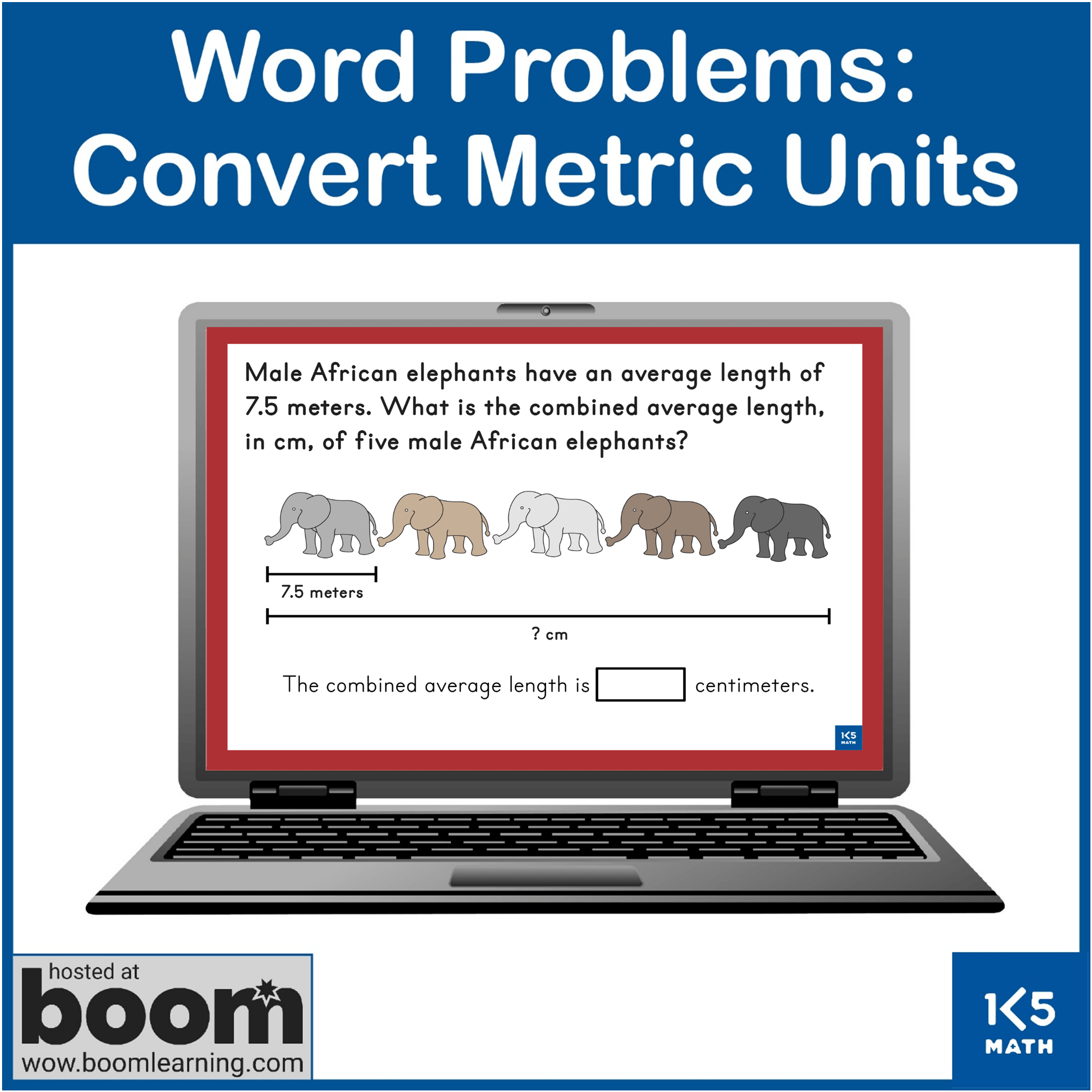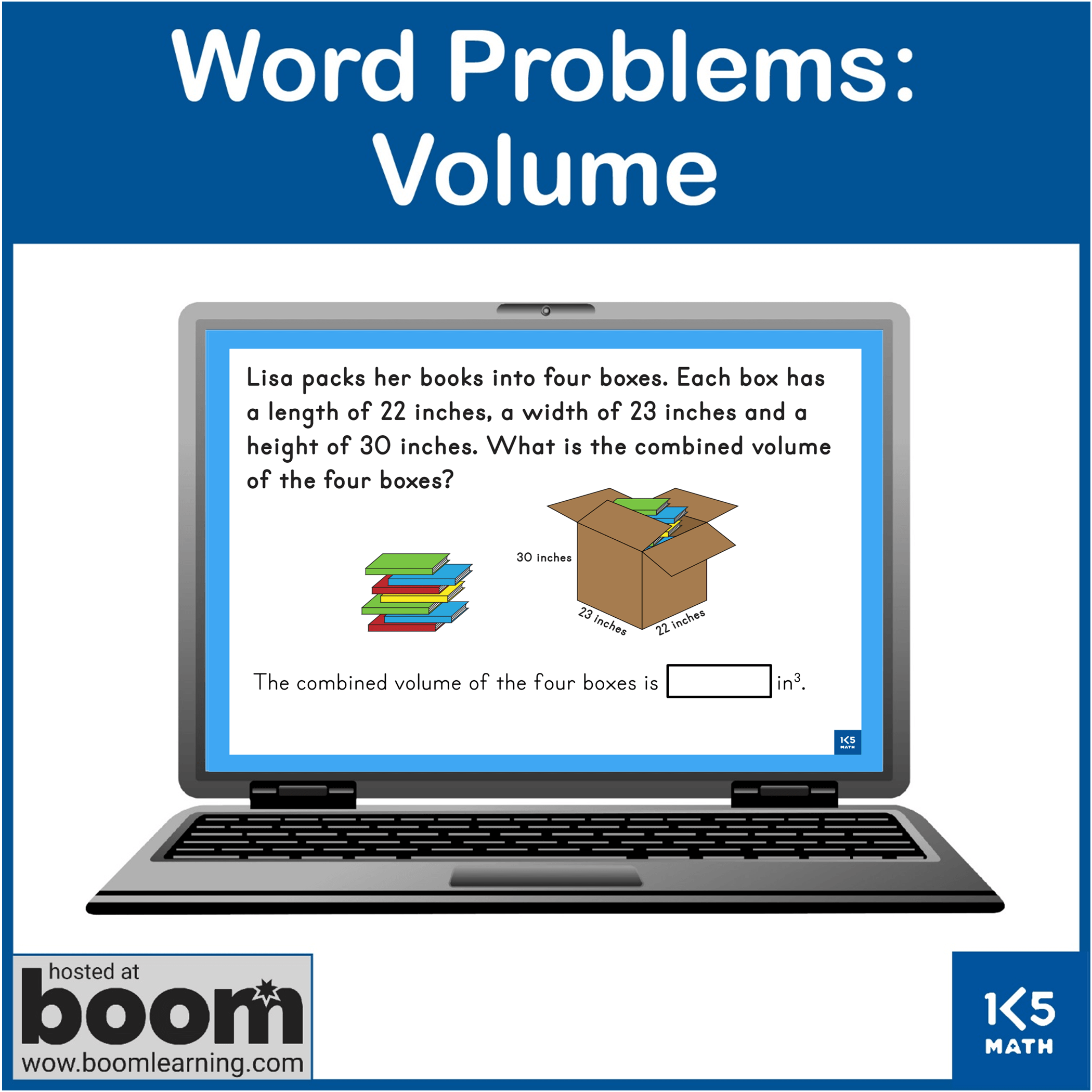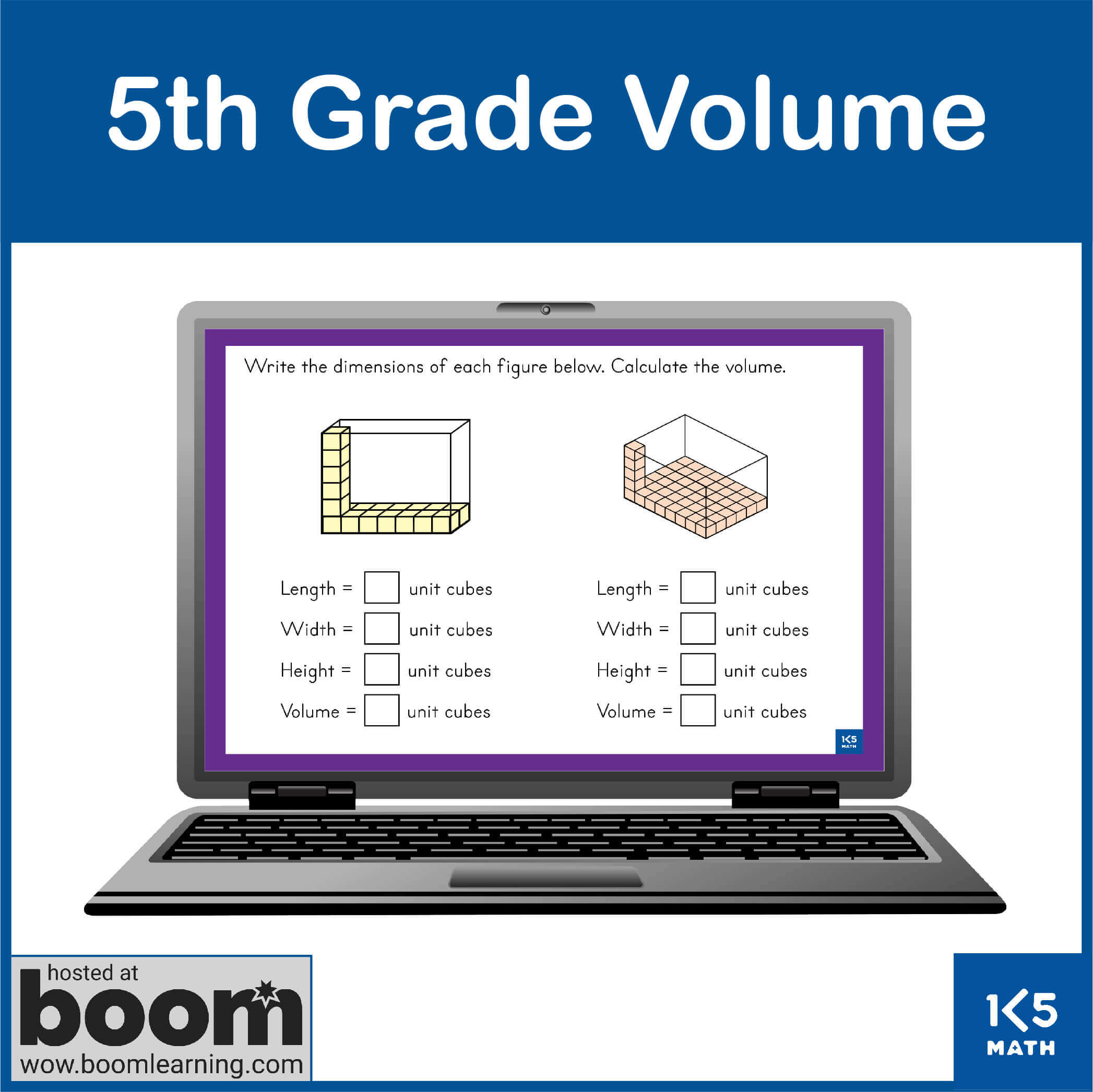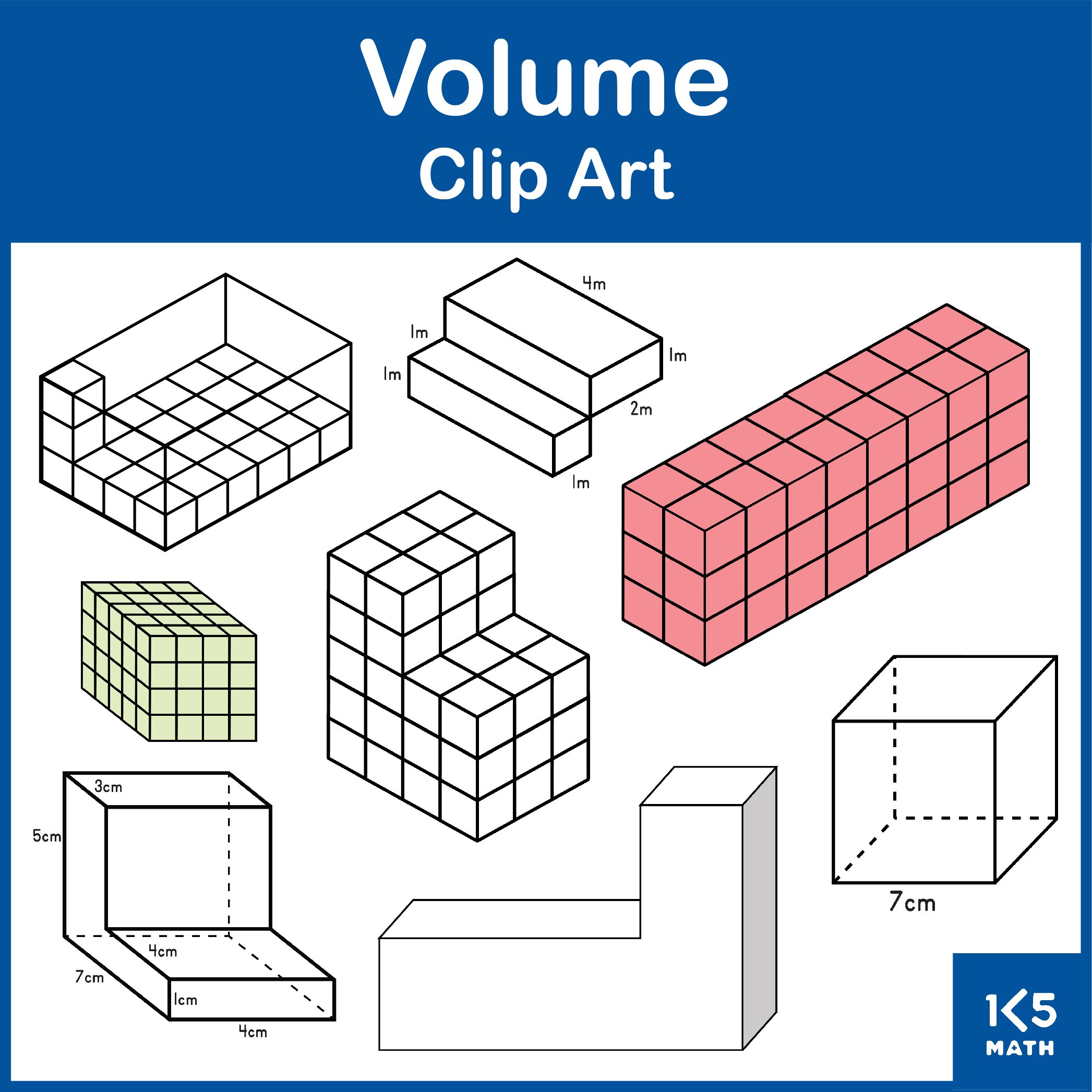5TH GRADE MEASUREMENT AND DATA
This page provides sample downloads from some of the resources in 5th Grade Mega Math Bundle aligned with the 5th Grade Measurement and Data Common Core State Standards. Try some of the samples listed in blue below each standard or download the bundle and have instant access to hundreds of easy-prep, engaging resources to simplify your math lesson planning and make active engagement through hands-on math instruction an integral part of your classroom.
Convert like measurement units within a given measurement system
5.MD.A.1 Convert among different-sized standard measurement units within a given measurement system (e.g., convert 5cm to 0.05m), and use these conversions in solving multi-step, real world problems.
Represent and interpret data
5.MD.B.2 Make a line plot to display a set of measurements in fractions of a unit (1/2, ¼, 1/8). Use operations on fractions for this grade to solve problems involving information presented in line plots. For example, given different measurements of liquid in identical beakers, find the amount of liquid each beaker would contain if the total amount in all the beakers were redistributed equally.
Geometric measurement: understand concepts of volume and relate volume to multiplication and to addition
5.MD.C.3 Recognize volume as an attribute of solid figures and understand concepts of volume measurement.
a. A cube with side length 1 unit, called a “unit cube,” is said to have “one cubic unit” of volume, and can be used to measure volume.
b. A solid figure which can be packed without gaps or overlaps using n unit cubes is said to have a volume of n cubic units.
5.MD.C.4 Measure volume by counting unit cubes, using cubic cm, cubic in, cubic ft, and improvised units.
5.MD.C.5 Relate volume to the operations of multiplication and addition and solve real world and mathematical problems involving volume.
a. Find the volume of a right rectangular prism with whole-number side lengths by packing it with unit cubes, and show that the volume is the same as would be found by multiplying the edge lengths, equivalently by multiplying the height by the area of the base. Represent threefold whole-number products as volumes, e.g., to represent the associative property of multiplication.
b. Apply the formulas V= l x w x h and V = b x h for rectangular prisms to find volumes of right rectangular prisms with whole-number edge lengths in the context of solving real world and mathematical problems.
c. Recognize volume as additive. Find volumes of solid figures composed of two non-overlapping right rectangular prisms by adding the volumes of the non-overlapping parts, applying this technique to solve real world problems.
